Shumei Chen, a Sinorama editor, recently returned from a two-week trip to two fascinating European countries: Greece and Holland. These are some of her thoughts and impressions from the visit.
The snow-white columns of the world-famous Parthenon set off against a brilliant blue sky--this is the Greece of picture postcards, the Greece we all know. Twenty years ago, when contacts were few, most Chinese knew little more about Greece than this and what they had learned in geography class--"a country with an ancient civilization located in the south of the Balkan Peninsula."
Geographically, Greece occupies a strategically important position among Western democracies. Thrust like a big sack between the Aegean and Ionian Seas, facing Communist Albania, Yugoslavia and Bulgaria on the north and its traditional rival Turkey to the east, the country watches over trade between North Africa, the Middle East and Southern Europe. Located at the throat of three continents, it is truly the gateway to the Mediterranean.
Greek civilization arose as early as 2400-1200 B.C. with the Minoans, whose bronze-working, architecture and commerce were influenced by the contemporary cultures of Asia Minor. The fundamental elements of western civilization, from columnar architecture, the aesthetic proportions of the human form and humanistic drama to geometric theorems, democracy and the theory of absolutism, all had their origin in the art and culture of ancient Greece.
Seeking to find their cultural roots in this "cradle of western civilization," over 7 million tourists stream every year to this little country with a population of under 9 million. Over half of Greece's foreign exchange income comes from tourism, vital to the nation's economy. Another important source of income is Greece's renowned shipping industry. The late multimillionaire Aristotle Onassis once said, "Give a Greek a tugboat and if he's got any brains, in three years he'll have a fleet." Greece's commercial fleet, at 18 million metric tons, is the world's largest. Greek shipowners, even wealthy stockholders living abroad, regularly pay taxes, earn foreign exchange and provide jobs for their compatriots. But most Greeks still make their living by farming, the principal crops being grapes, olives and tobacco.
Very few Chinese visited Greece in the past; before 1947, less than 200 a year. At that time "every Chinese who made the trip could put down his name in the annals of Sino-Hellenic communications," a representative of a Greek office in Taipei says jokingly. That situation changed dramatically in 1979 when Greece established a government trade organization with the ROC and relaxed visa restrictions. That year some 4000 Chinese went to Greece; last year, 10,000. This April, Dutch KLM Airlines began weekly flights from Taipei to Athens, opening a direct route between China and Greece, cradles of ancient civilizations. The flight also stops at Bangkok and Abu Dhabi and terminates in Amsterdam.
Struck immediately by the incredibly blue sky, the newcomer to Greece will want first to tour the ancient ruins. The so-called "classic" tour includes such essential sites as the Parthenon, the Acropolis, the temple of Apollo, Olympia and Mycenae. On the hillside facing the Acropolis is the ancient theater, now home every summer to the Athens International Arts Festival and the site of a sound and light show that brings the ruins to life three nights a week.
Equally as famous as its ruins is Greece's magnificent seascape: white islands gleaming like pearls under a Mediterranean blue sky; the sea itself blue and white with foam as it breaks against beautiful beaches. The most popular way to see the islands is by cruise, stopping to explore them one by one. The cruiseships, like TV's Love Boat, offer round-the-clock entertainment, from swimming in the ondeck pool by day to dancing at night. The Greek dance music may sound familiar: it's the theme song to a popular Chinese game show.
Greece's tourism resources are rich and the country makes good use of them. The Greek National Tourism Organization, on the same level as the Foreign Affairs Ministry, reports directly to the Cabinet. Every year the organization sets aside funds to invite overseas groups to tour the country. "The purpose," says an organization representative, "is to share our pride with others." The group has recently hosted a number of commercial, media and tourist industry groups from the ROC The success of their efforts can be judged by this year's sharp increase in Chinese visitors.
Greece is the gateway to Southern Europe; Holland to the north. The Netherlands occupy a similarly strategic location, wedged in between Beigium and Germany, with access to France and Scandinavia and facing England across the North Sea, the world's busiest. But 10 degrees' difference in latitude makes for a big difference in climate and landscape.
Driving from city to town in the western Netherlands, what one admires alongside the road are peaceful rivers, colorful houseboats, banks of flowers, rustic windmills and cottages with gable roofs. But behind this bucolic picture lies hidden a crowded industrial nation with a population of 13 million on a land area roughly the same as Taiwan's. Its chief industries are shipbuilding, machinery, chemicals and food processing. Yet it is only on the road from the Hague to Rotterdam that one comes across towering smokestacks and electric high-tension wires. Watching cargo loaded and unloaded in Rotterdam harbor, one finally comes to feel the heartbeat of the nation's economic might.
It's not easy for an industrialized nation to maintain a high-quality living environment. How do the Dutch deal with industrial pollution and population pressure? Hearing this question, a Rotterdam planning official laughs and replies, "We move out!" According to his explanation, Holland's development goal is to spread out the population like the fingers of a hand. The government grants subsidies and tax breaks to encourage firms to move to the suburbs and directs state enterprises to lead the way. This way the cities, the palms of the hands, are not oversized, and the fingers can develop evenly on their own.
Efforts have further been made, beginning in the 60's, to ring the major cities with green belts, filling in the cracks between the fingers, so to speak. Each citizen now enjoys over 19 sq. meters of green space, a remarkable figure for such a densely developed industrial nation. The government once spent some 1.7 billion guilders (about U.S. $60 million) to clean up Amsterdam, Rotterdam and a region in the south, giving one some idea of the importance they attach to the environment.
The Dutch, in fact, pride themselves on their ability to shape their surroundings. Some other words of the planning official express well the thoughts of most his countrymen: "The Dutch never think small. From time immemorial we have been a people that adapt to and change our environment. The Dutch will never die."
(Peter Eberly)
[Picture Caption]
The temple of Poseidon, a classic symbol of Greece.
Traditional Greek dances, accompanied by the bouzouki, feature exaggerated movements and lively rhythms.
A building in Mikonos, painted white to reflect the glaring Mediterranean sun.
The Greeks, with their clear-cut facial features, look like statues come to life.
A typical scene from the Aegean--blue sky, white buildings and a church with a domed roof like a round cap.
Fishing from the dock, finding peace amidst the bustle, affords a pleasure all its own.
A windmill in a green meadow, its vanes turning slowly in the wind--where else but Holland?
A pastoral Dutch scene reminiscent of an Impressionist oil.
An 18th century castle mirrored in still water presents a fresh, clean look.
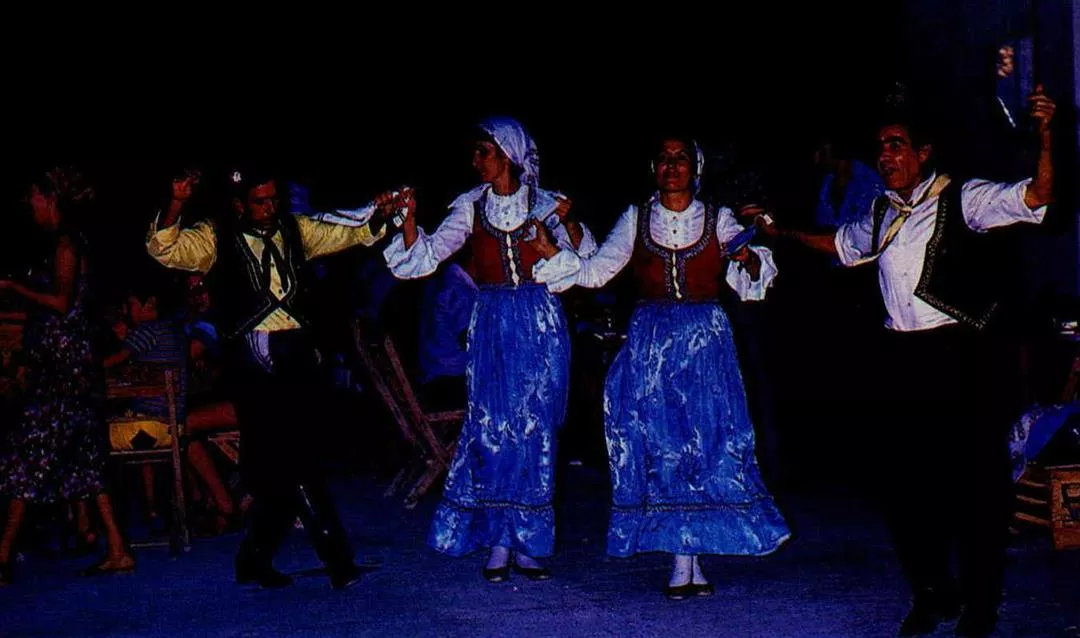
Traditional Greek dances, accompanied by the bouzouki, feature exaggerated movements and lively rhythms.
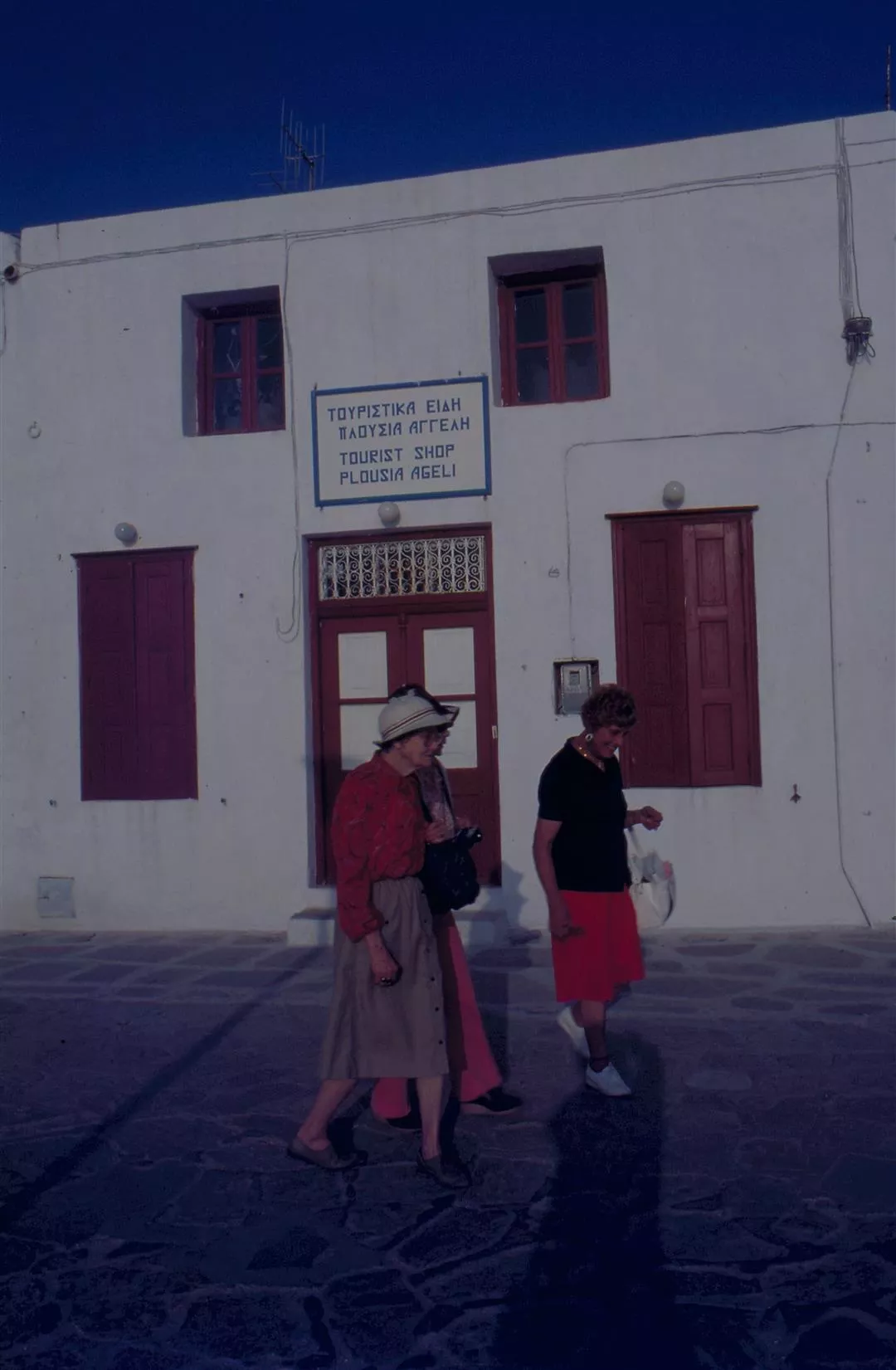
A building in Mikonos, painted white to reflect the glaring Mediterranean sun.
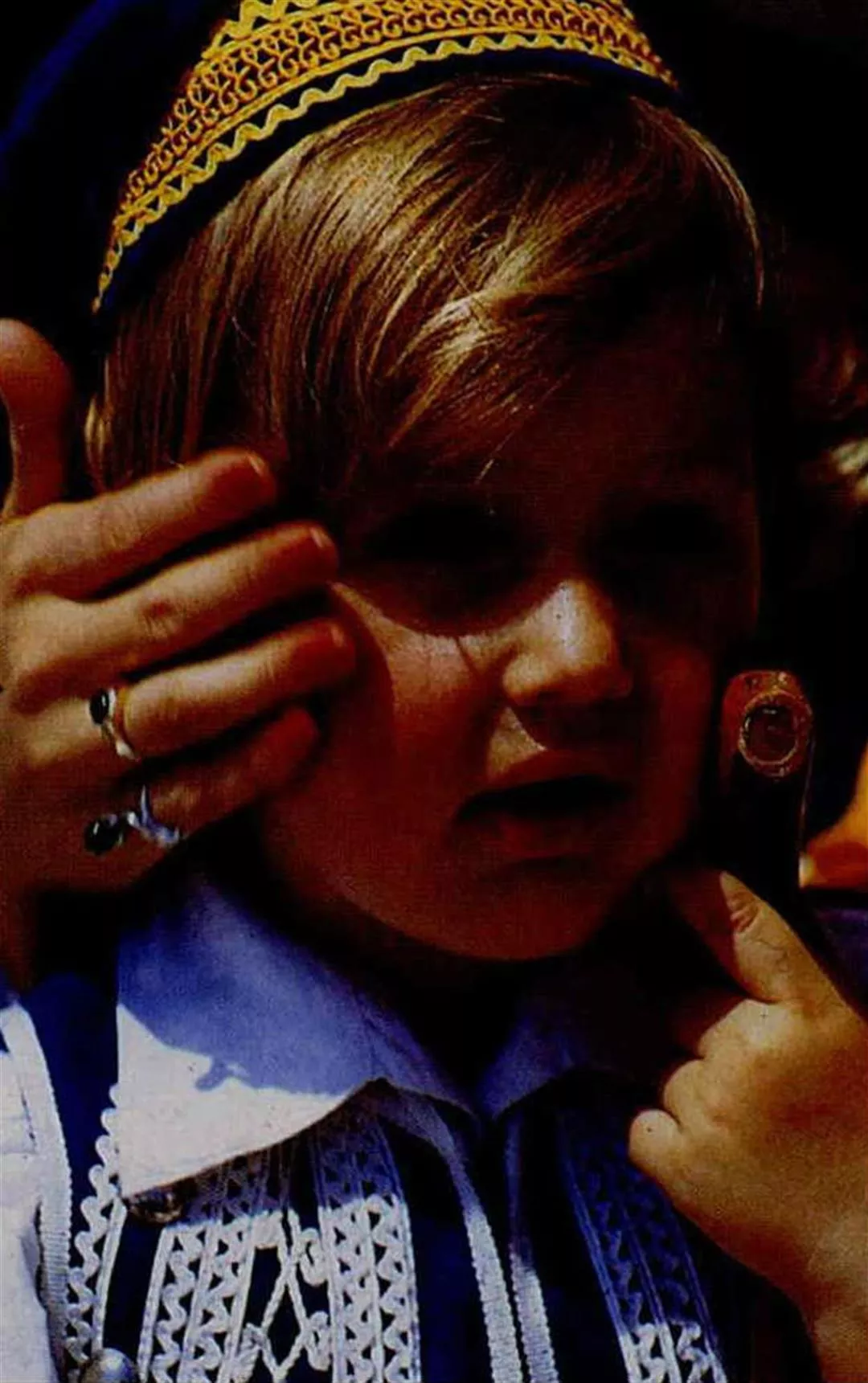
A typical scene from the Aegean--blue sky, white buildings and a church with a domed roof like a round cap.

The Greeks, with their clear-cut facial features, look like statues come to life.

Fishing from the dock, finding peace amidst the bustle, affords a pleasure all its own.
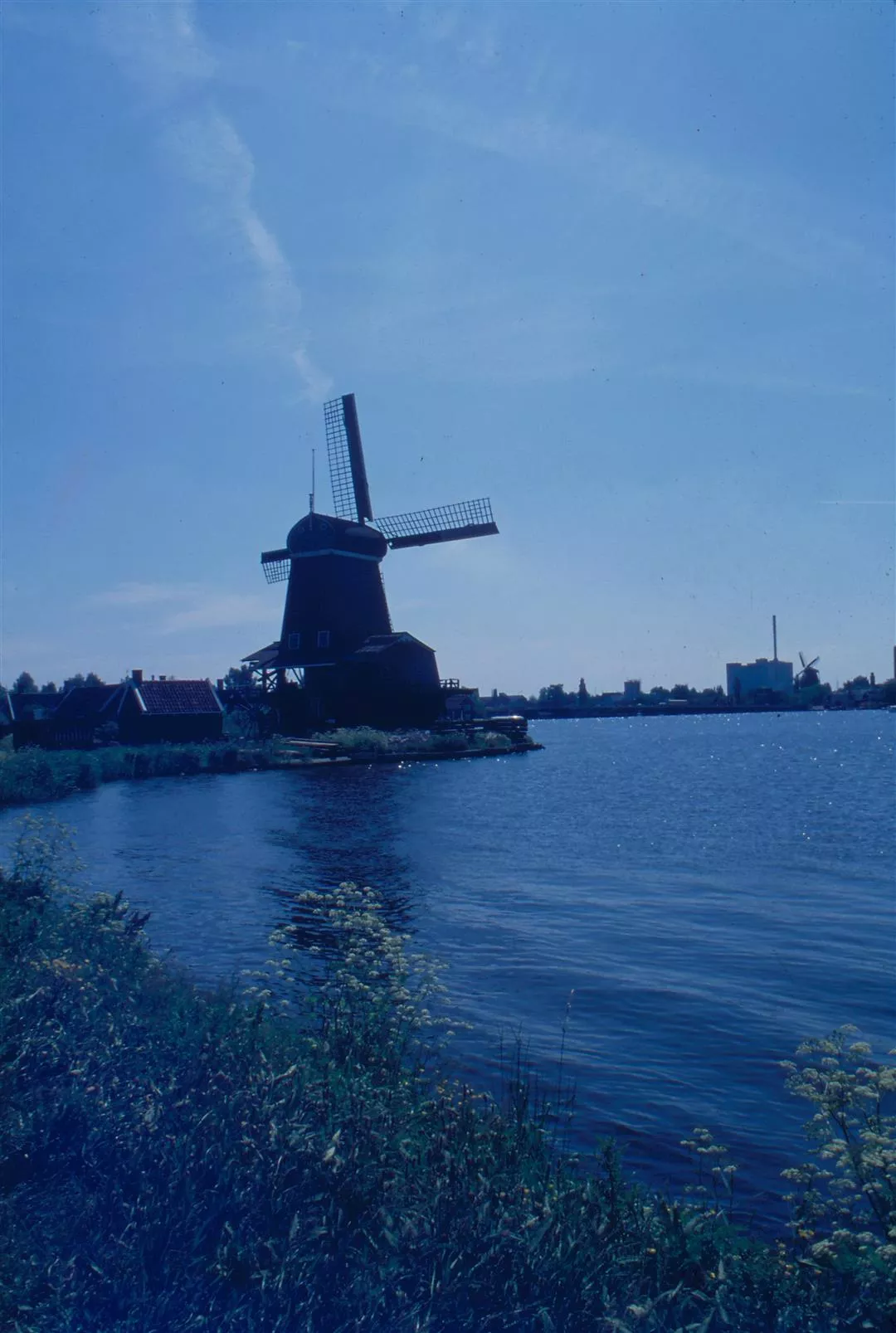
A windmill in a green meadow, its vanes turning slowly in the wind--where else but Holland?

A pastoral Dutch scene reminiscent of an Impressionist oil.
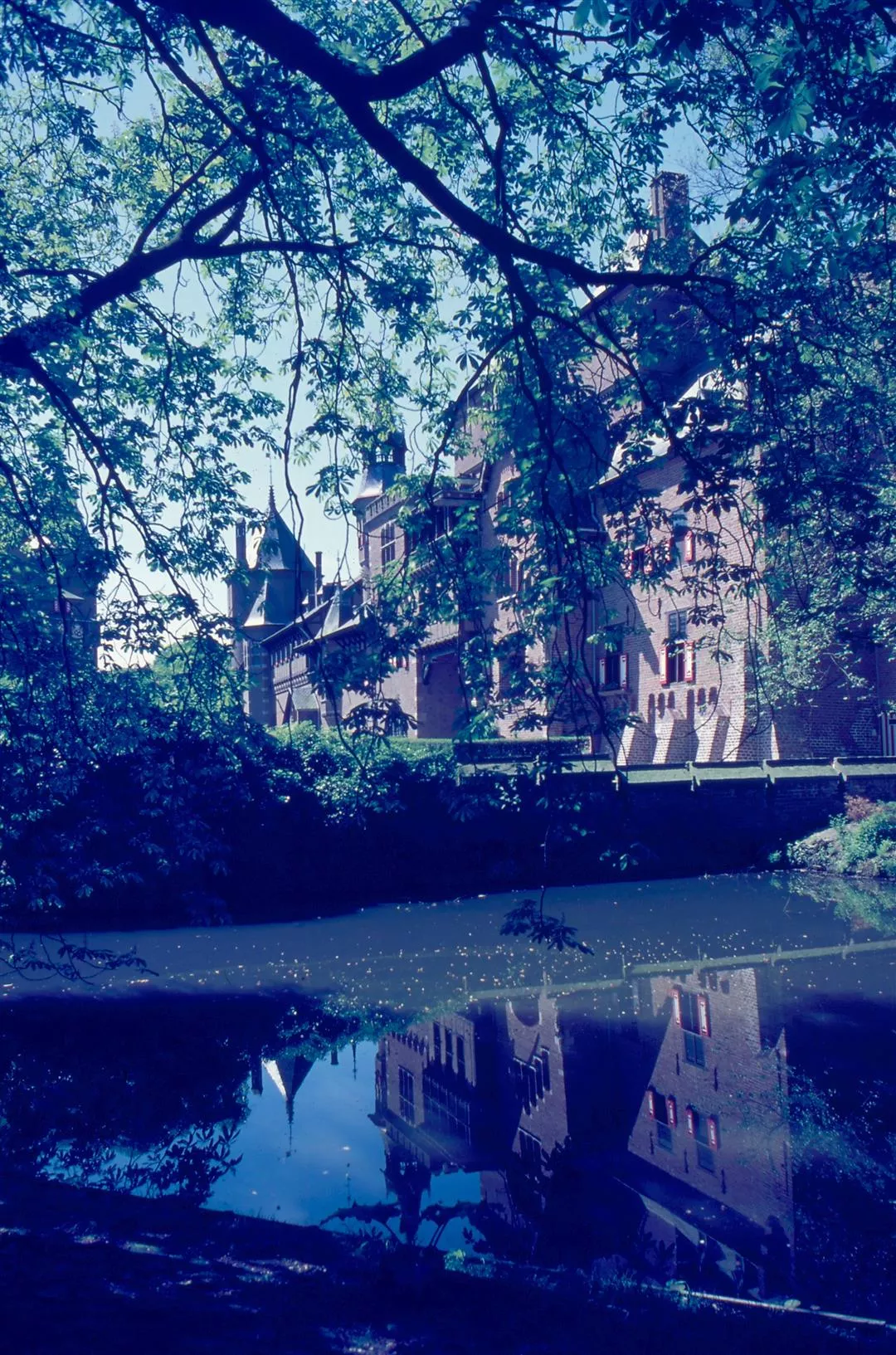
An 18th century castle mirrored in still water presents a fresh, clean look.